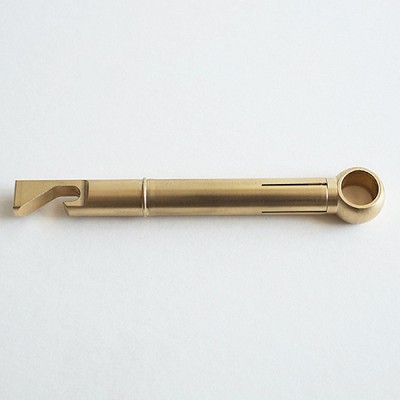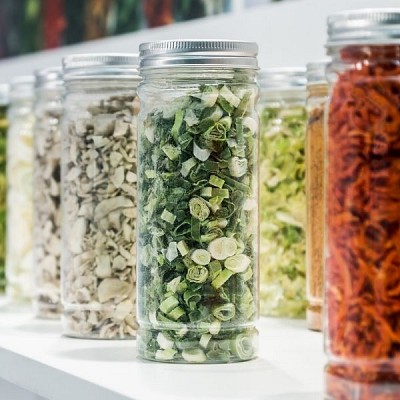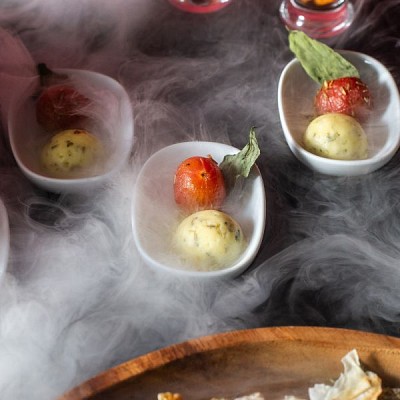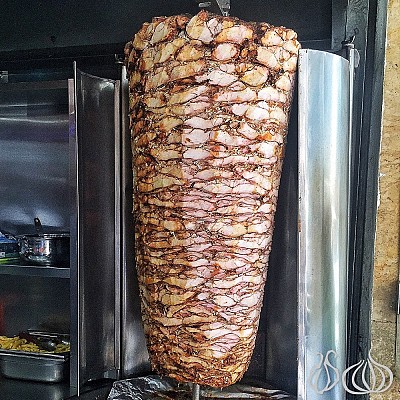Brining is a great way to incorporate flavor and moisture into your meat, but the real question is, should you wet brine or dry brine your meat?
When we think of a traditional brine, we might think of a simple saltwater solution and letting your meat steep in the liquid for a few hours. However, food science has taken us far beyond the plain and traditional saltwater brine, giving us more flavorful solutions and introducing our palates to the wonders of dry brining. In truth, if you have the time to brine your meat, you should always take the opportunity. However, with all these new options, it’s hard to choose between wet brining and dry brining, especially if you aren’t sure of the difference between the two. Well, we’re here to shed some light on this topic.
What Is Wet Brining?
Before the invention of refrigerators, people used a salt brine to preserve meat and make it last. However, little did they know the truly delicious effects of wet brining. The salt allows water to penetrate into the meat, adding moisture, but don’t worry—your meat won’t become soggy. Much of this moisture is lost during the cooking process, but brining your meat helps strike the perfect moisture balance.
Wet brining is the perfect way to keep dryer meats, such as chicken, moist and flavorful, but that’s not all it can do. The salt in the brine also breaks down the protein of the meat, making it soft and tender, improving mouth feel and flavor all at once. Fortunately, you don’t have to use a basic saltwater brine, and there are many other ingredients you can add to deliver more flavor. You can include lemon, thyme, rosemary, peppercorn, brown sugar, garlic, and more!
What Is Dry Brining?
Dry brining is very similar to wet brining; however, the difference is that dry brining doesn’t require any liquid but rather uses the liquid that’s already in the meat itself. The salt added to the meat draws out the water content already in the muscles and fat of the cut, creating a concentrated brine within the meat. Think of dry brining as an elevated form of dry rubbing. Using salt, herbs, and spices, you can deliver more flavor while tenderizing your meat and locking in essential moisture. However, the downside is that if your meat doesn’t already have a good amount of fat in it, this method may not work as well.
Which Method Should You Use?
We know that both wet brining and dry brining improve moisture, texture, and flavor, but which method should you use while cooking? The truth is that it depends on what you’re cooking. If your meat is lean and delicate, such as chicken or fish, wet brining is best. This way, you don’t have to rely on the moisture content already in the meat.
However, if your meat is tougher, takes time to cook, and already has a decent amount of fat and high moisture content, you should use a dry brine. This means that dry brines are best used on roasts or steak. However, there’s no shame in experimenting, as you’re bound to end up with a tasty result no matter which method you choose!






































